
We decided to do Quick Stops to showcase places that merit a nod, shout out, or round of applause but to which we can’t devote an entire post. As we’ve said before, we will drive a long way out of the way or completely change up our itinerary to go see something that piques our interest. (We must be channeling Clark Griswold. Thankfully, neither of us has an Aunt Edna!) Some of the places we plan to feature in the Quick Stops posts will be fascinating, some will be fun, and some will be funky! Additionally, some locations will be on the beaten path, some will be off of it, and some may just be a photo we like, such as the desolate road above. The locations will be posted at random, and there will be no particular order or itinerary. We can’t wait to share them with you!
Just get in the car and we’ll be on our way…
First Stop: Monument Rocks (Kansas)
Where in the world is it?

Monument Rocks is about 28 miles south and east of Oakley, Kansas off of US Highway 83. The landmark is on private land, and some of the roads to get there are unnamed, graded dirt ranch roads. These roads can be very bumpy and muddy, but under normal conditions it is well worth the trip to see the rocks. Take a look…



Truly out in the middle of nowhere, these fascinating rocks are the remains of an ancient sea bed.
Second stop: Carhenge (Nebraska)
Where in the world is it?
Carhenge is located about four miles north of Alliance, Nebraska. This funky tourist stop is on private property, but thanks to the property owners there is no entrance fee. The sculpture can be viewed from outside the fence that surrounds it. Check it out…


It’s a fact, Jack!
Below is the sign for the Annie Oakley Motel in Oakley, Kansas. Annie Oakley was not from Kansas (she was from Ohio), but she was a performer in Buffalo Bill Cody’s Wild West Show. Buffalo Bill Cody once called Oakley, Kansas home. And now you know…
That does it for this week. Thank you for joining us! Come back next week for another exciting post. You never know where we are going to take you! If you liked our first Quick Stops post, leave us a message and let us know we should keep doing them. If you didn’t like it, tell us that, too. Until the next trip…
Travel safe, travel smart, and we will see you down the road!
Mike and Kellye

As always, we strive to be as accurate with our information as possible. If we made a mistake, it was unintentional. (Hey, we’re only human!) We aren’t paid for our recommendations, and we only recommend our own tried and true vendors and venues. Our suggestions are for places that we’ve heard good things about but haven’t visited personally, and our opinions are our own.
©2018



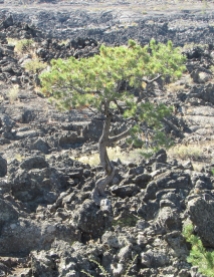 Website:
Website:
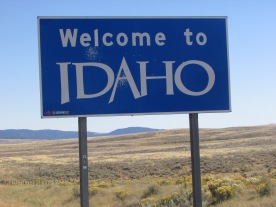
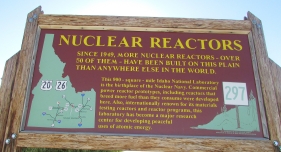 Travel tip
Travel tip
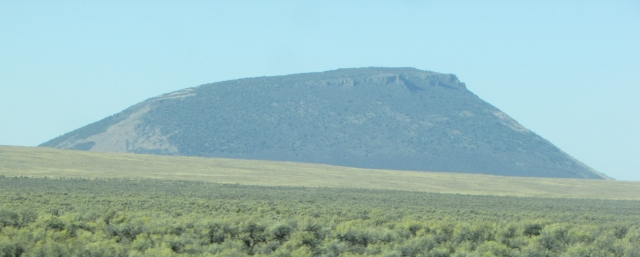

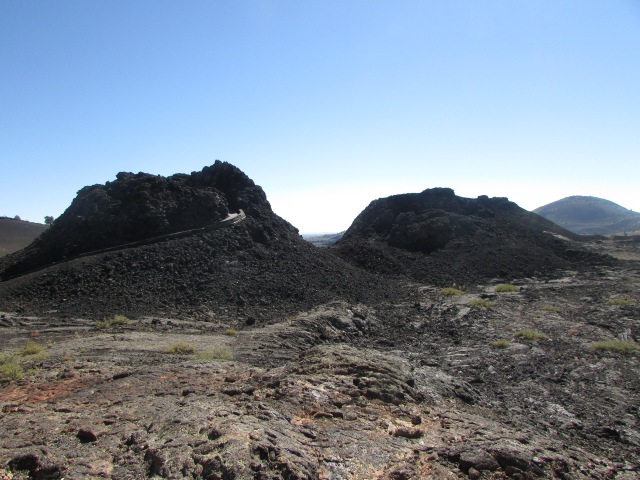

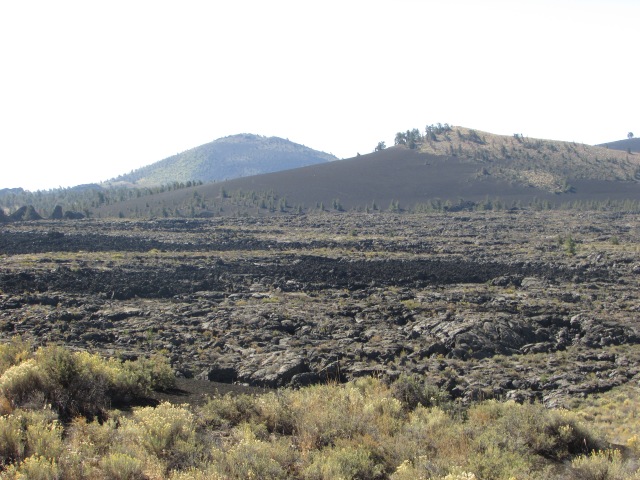





 Arguably, Death Valley holds the record for the hottest temperature ever recorded on earth – 134º F in July of 1913. Badwater Basin is the lowest point in North America, sitting at 282 feet below sea level. With an average of 1.5 inches of rain per year, Death Valley also holds the honor of being the driest place in North America. We are used to hot, dry weather where we live, but the 111º F (before noon) temperature when we visited Death Valley felt like a different type of oppressive heat that seemed heavier to us for some reason. With that said, we caution you to be conscious of the weather and prepare for harsh conditions when visiting this park, especially in the late spring, summer, and early fall. Also, make sure your car is in tip-top condition before starting a road trip through Death Valley.
Arguably, Death Valley holds the record for the hottest temperature ever recorded on earth – 134º F in July of 1913. Badwater Basin is the lowest point in North America, sitting at 282 feet below sea level. With an average of 1.5 inches of rain per year, Death Valley also holds the honor of being the driest place in North America. We are used to hot, dry weather where we live, but the 111º F (before noon) temperature when we visited Death Valley felt like a different type of oppressive heat that seemed heavier to us for some reason. With that said, we caution you to be conscious of the weather and prepare for harsh conditions when visiting this park, especially in the late spring, summer, and early fall. Also, make sure your car is in tip-top condition before starting a road trip through Death Valley.














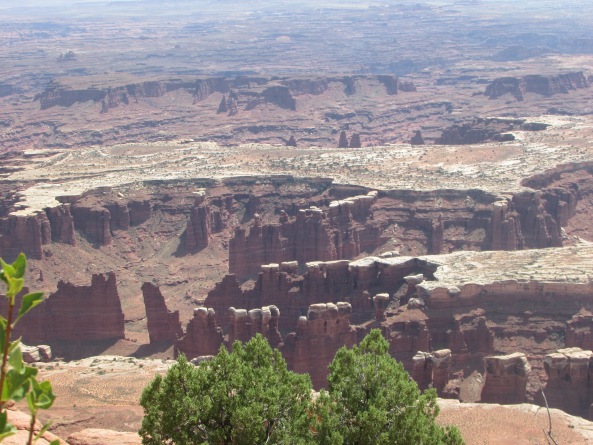

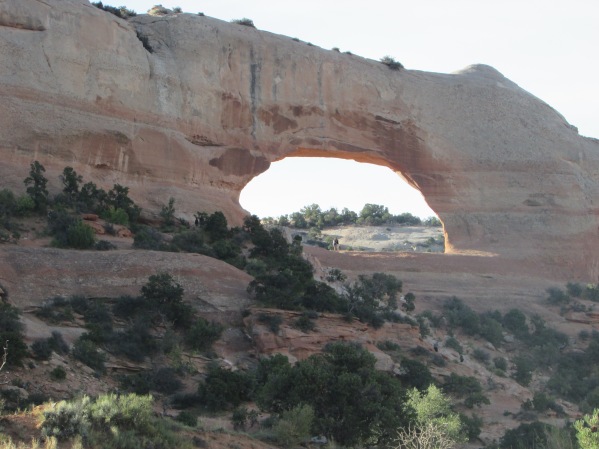
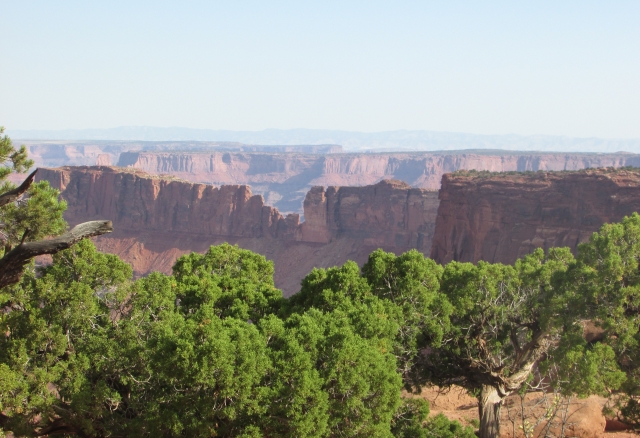
 Natural Bridges National Monument – 2 hours;
Natural Bridges National Monument – 2 hours;